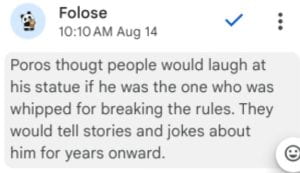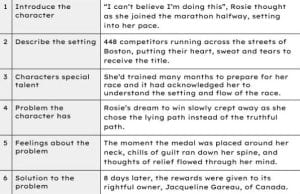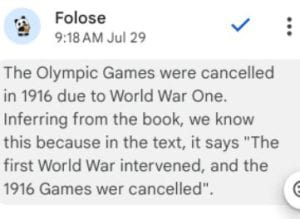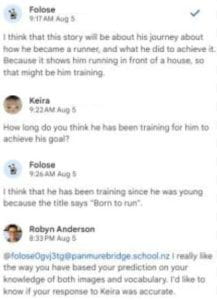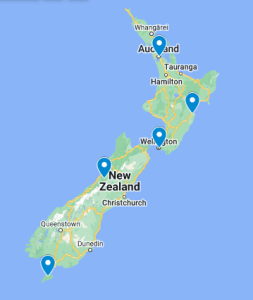L.I: To write an information report that informs the reader about the Swamp Tigers
We used our smart searching skills to find facts about the Bengal Swamp Tiger. Once we had found the information we needed, we made notes in our own words. We used these notes to help us write our information reports. Information Reports give readers information on a chosen topic by providing them facts.
Swamp Tigers
Swamp Tigers, also known as Panthera Tigris Tigris, are located in the Sundarbans, the largest mangrove forest in the world. Not many people know that these vicious animals are endangered because as pollution deforestation and city expansion becomes more common, it takes away the natural habitat of animals.
These beasts have vigorous jaws and acuminate incisors, giving them advantages, like being able to shred their prey into pieces. They are Muscular and are Colossal in size, making them able to pounce onto their target. Because of their orange fur and black stripes, they are capable of camouflaging into their environment. A full grown male weighs around 300 kgs, and a fully grown female weighs about 225 kg. Did you know that their height can vary from 2.7 – 3 metres?
The diet of a Swamp Tiger consists of meat only. Making them a Carnivore (solely meat eaters). They are solitary and nocturnal hunters, meaning that they hunt on their own, and at night. Their meals are scarce, which means that they are hard to find. They have adapted to their habitats and have included marine life into their diet. Their meals vary from crabs, reptiles, turtles, deer, wild boar, fish and even humans.
The Bengal Swamp Tiger inhabits the continent of Asia, throughout the border of India and Bangladesh. Sundarbans, where they are located, is a mangrove forest with tidal waves surrounding. Unfortunately, the habitat is being wrecked from deforestation and natural disasters.
Did you know that Swamp Tigers are very territorial? That means that they guard and defend their territory. Because they live around aquatic areas, it enables them to have exceptional swimming skills. Did you know that they can swim up to 8 km?
Surprisingly, these brutal animals are vulnerable and endangered. In the future, we have to think about the effects that city expansion causes. Don’t you think so too?

 The question that I answered is “
The question that I answered is “